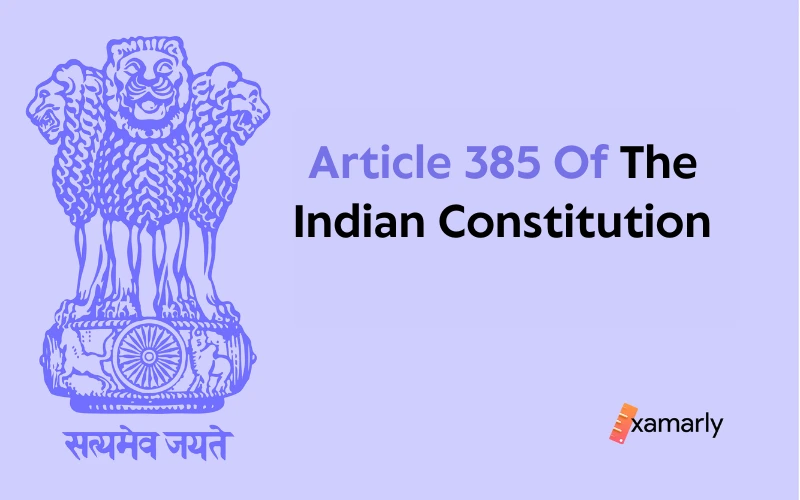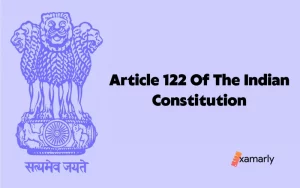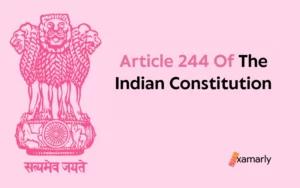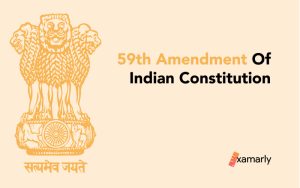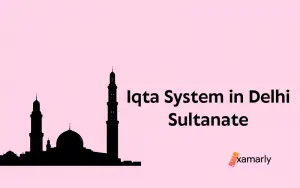Article 385 of the Indian Constitution is a crucial provision that outlines the provisions for provisional Legislatures in the states of India. Located in Part XXI of the Constitution, which is dedicated to temporary, transitional, and special provisions, this article plays a significant role in the functioning of the states in the country. The provision for provisional Legislatures in states is mentioned in Part B of the First Schedule of the Indian Constitution, which is a list of states and territories in the country.
This page covers the said Article and provides valuable insight.
All About Article 385 Of The Indian Constitution
Article 385, which dealt with the provision of provisional Legislatures in states in Part B of the First Schedule, was removed by the Constitution (Seventh Amendment) Act. This amendment was made to eliminate the distinction between the different categories of the states (Part A, Part B, Part C, and Part D states), and to ensure that all states were treated equally. The removal of Article 385 was seen as a significant step towards achieving greater unity and integration among the states of India.
Part B Of The First Schedule
The States and Union Territories of India are listed in the First Schedule of the Indian Constitution, along with any modifications to their borders and the laws that were used to effect those changes.
Hyderabad, Madhya Bharat, Jammu and Kashmir, Mysore, Patiala and East Punjab States Union, Saurashtra, Rajasthan, Travancore-Cochin, and Vindhya Pradesh are the nine states listed in Part B.
State Reorganisation Act And 7th Amendment
To create room for the 1956 States Reorganisation Act, the Constitutional (Seventh Amendment) Act was passed. Various articles of the Indian Constitution had to be changed in order to implement the Act’s requirements. It altered the articles in the First Schedule to define new borders for several states by redrawing their limits.
Alternatively, for the purpose of restructuring the way states are organized, this Act and the 7th Amendment went into force. It suggested removing the division of states into Parts before reorganizing states. States were used in place of Parts A and B. States in Parts C and D were replaced by union territories.
The recommendations of the States Reorganisation Commission were put into effect by this Act, which resulted in the creation of new Union Territories for the islands of Laccadive, Minicoy, and Amindivi, as well as for the states of Himachal Pradesh and Tripura. 14 new states were added in total. Andhra Pradesh, Assam, Bihar, Bombay, Jammu and Kashmir, Kerala, Madhya Pradesh, Madras, Mysore, Orissa, Punjab, Rajasthan, Uttar Pradesh, and West Bengal were among them.
In A Nutshell
Article 385 of the Indian Constitution dealt with the provision of provisional Legislatures in states in Part B of the First Schedule. The removal of Article 385 was seen as an important step towards greater unity and integration among the states of India.
In the interest of further readings:


